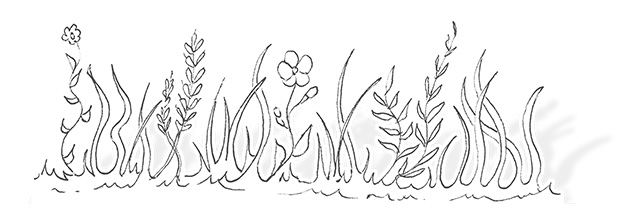Olive oil & health
EXTRA VIRGIN OLIVE OIL AND NUTRITIONAL BALANCE
Composition
- mono-unsaturated fatty acids: 55-80%
- saturated fatty acids: 8-25%
- poly-unsaturated fatty acids: 4-22%
Vitamin E: 150 mg/kg
Polyphenols: 2,5 mg/kg
Beta-carotene: 0,5-10 mg/kg
MAJOR AND MINOR CONSTITUENTS
Virgin olive oil also contains other components in smaller amounts, but these play a very important role: in particular, vitamin E and polyphenols. Polyphenols are rare substances found mostly in green vegetables and fruits, and have an anti-oxidative action.
VIRGIN OLIVE OIL AND CARDIOVASCULAR DISEASE
Oleic acid (a mono-unsaturated fatty acid) is thought to help reduce "bad" cholesterol (LDL) while increasing "good" cholesterol (HDL). The antioxidants in olive oil further reinforce the resistance of HDL cholesterol to oxidation, and are thus thought to further reduce the risk of cardiovascular disease.
THE MEDITERRANEAN DIET

Saturated, mono-unsaturated and poly-unsaturated fatty acids
Saturated fatty acids
These play an important role as a provider of energy, but excessive consumption increases the overall level of cholesterol in the blood, which may increase the risk of cardiovascular disease.
Poly-unsaturated fatty acids
These are essential for the body, which needs them but cannot make them itself.
Mono-unsaturated fatty acids
These are either neutral (and have no overall effect on blood cholesterol) or cause a reduction in total cholesterol and in LDL-cholesterol (the "bad" type) but not in HDL-cholesterol (the "good" cholesterol, which tends to rise). For this reason, it is particularly recommended to consume these instead of saturated fatty acids.

Good to know
Nutritional guidelines state that 30-35% of energy from food should be provided by fats.
To respect this recommendation, an adult must consume an average of 65-80g of fat a day through all possible dietary sources (fat in foods, and in oils and butter added to food, etc.).






